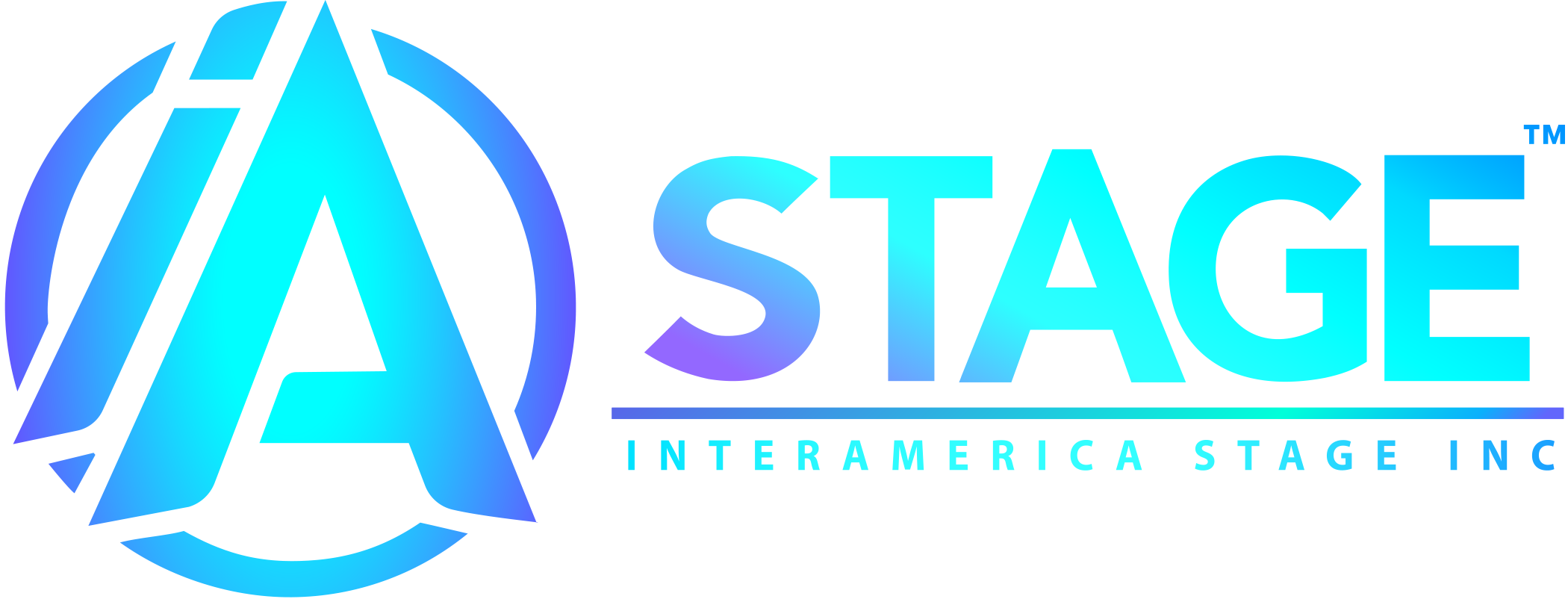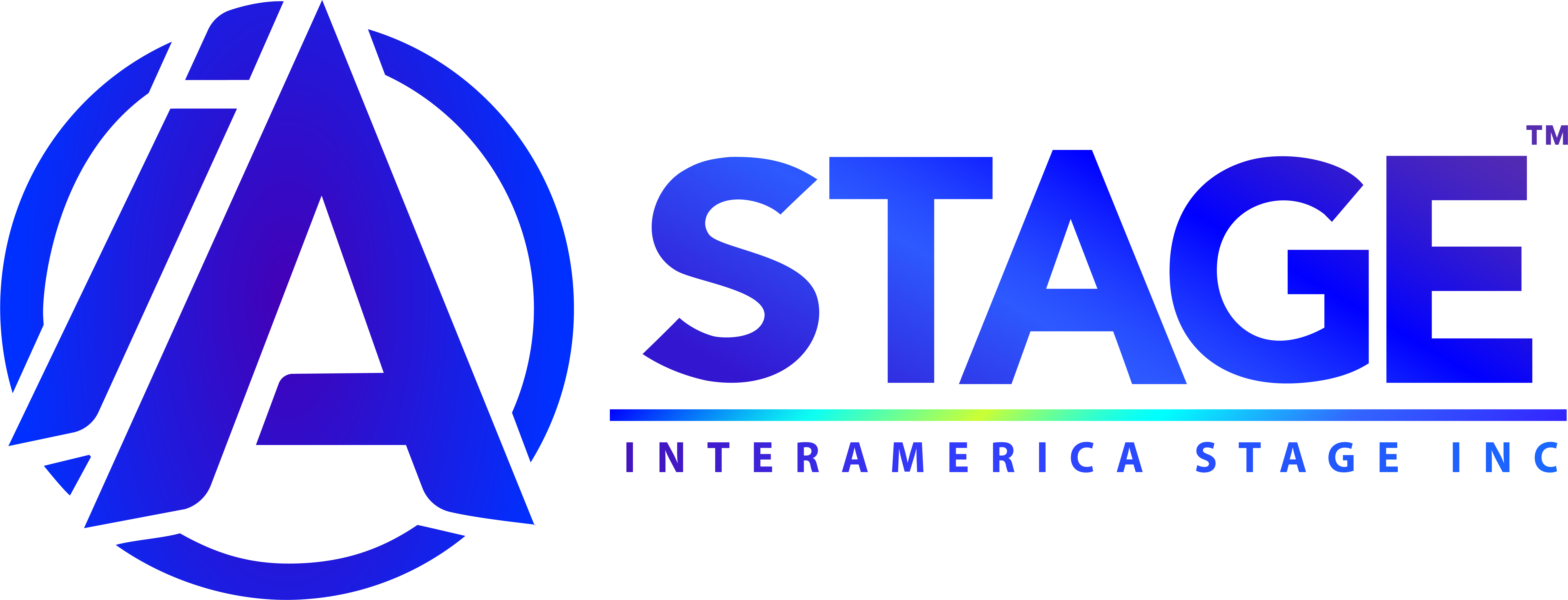An Ounce of Prevention Really is Worth a Pound of Cure

June is National Safety Month, and as is our wont, we’re going to follow along with the National Safety Council’s (NSC) weekly topics and share information with you throughout the month of June. This week’s topic is Preventing Incidents Before They Start.
The NSC published a webinar hosted by Phil Molé of Velocity EHS, which you can see here if you’re interested in getting further into the details of identifying risks and taking proactive safety measures to reduce hazard exposure on important topics from ergonomics to chemical management is crucial to creating a safe workplace. Molé focuses on prevention through design, and he shares a lot of good information and resources. I’m going to simplify our focus, however, because the main takeaway for me was that preventing accidents before they occur still starts with identifying and controlling risk.
We do business in the entertainment industry. What we do, construction, is classified as high-risk. You’ve probably noticed in safety meetings and in articles about preventing accidents that the words risk and hazard are used interchangeably. They’re not the same thing. Pulling from Mole’s webinar, a hazard is a source that has potential to cause injury or illness, while risk is the likelihood that something bad can happen because of the hazard. For example, a wet floor in the break room most definitely has the potential to cause injury. The wet floor is the source – the hazard – that gives rise to the very real risk of slipping and falling, electrocution, flooding, etc.
Now that we know how to identify a hazard and the associated risks, now what? This is where you come face to face with opportunity! OSHA says that the best strategy is to control the hazard at its source. In other words, we need to find out why the floor is wet. After placing wet floor signs, we do some sleuthing and discover that the line to the water filter in the fridge is leaking. Once we repair that water line, we’ve eliminated the source of the hazard and have therefore eliminated the risks associated with that particular hazard.
Identifying and controlling hazards applies to all areas of the workplace: the shop floor, administrative offices, job sites, the parking lot. Take a minute to take stock of your surroundings. Look around and ask, “What might happen if…I don’t wipe up the water on the break room floor? …I don’t notify the shop foreman that the corner of the door mat between the shop and office needs to be taped down? …I don’t let someone know that there’s broken glass in the parking lot?”
By taking the time to call things like this to your own and others’ attention, you’re taking advantage of the opportunity to implement the often-used Hierarchy of Controls:
- Elimination or substitution of the hazard (fix the leak, wipe up the floor, tape down the rug)
- Engineering Controls (guardrails, radiation shielding, installation of fume hoods)
- Administration and Work Practices (providing appropriate training or supervision)
- Use of PPE (providing workers the appropriate personal protective equipment)
Benjamin Franklin was right. An ounce of prevention is worth a pound of cure. I can’t think of a single instance where the act of identifying and controlling potential hazards isn’t worth the time it takes to implement the proverbial cure. So let’s take a few minutes each day to help keep each other safe by preventing accidents before they occur, shall we?
NSM-Risk-Assess-Mini-Guide from the National Safety Council
NSM-Risk-Assess-Tip-Sheet from the National Safety Council

